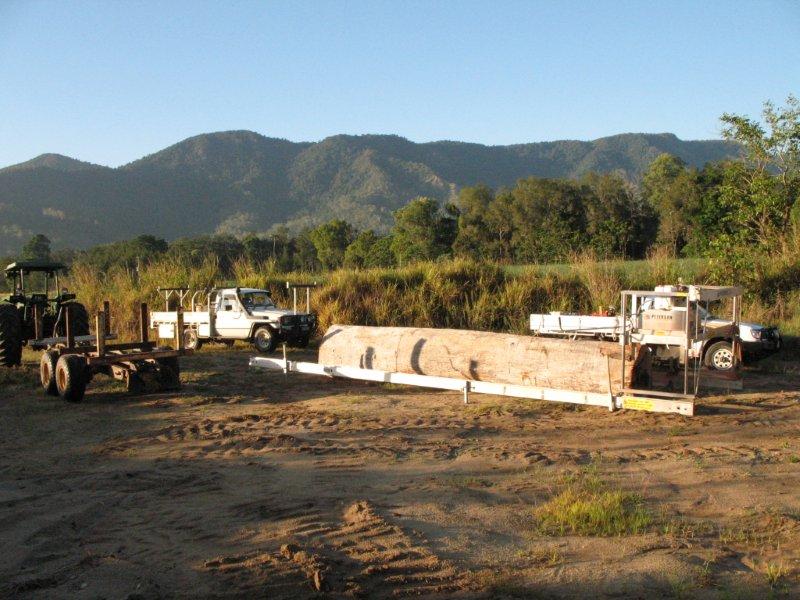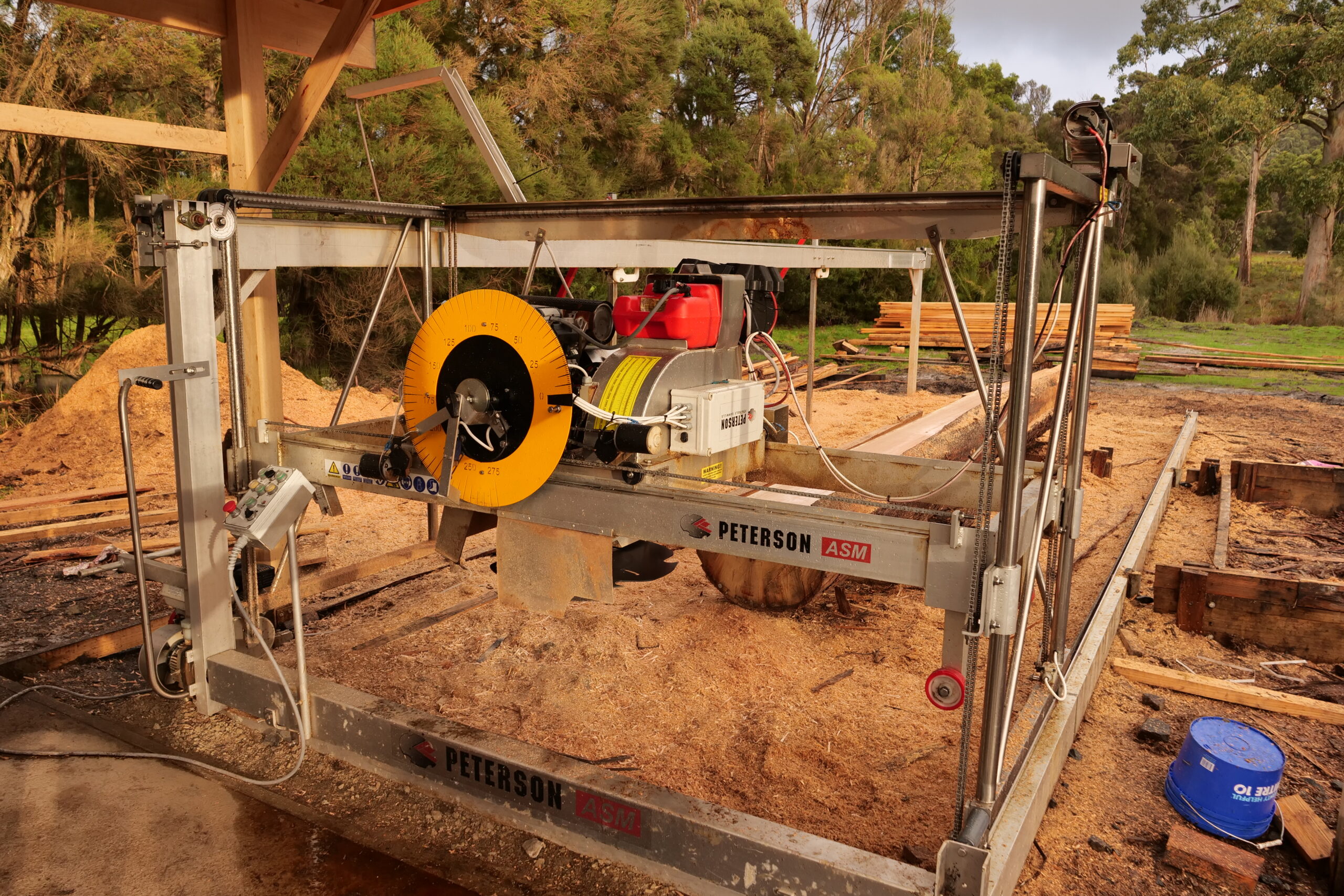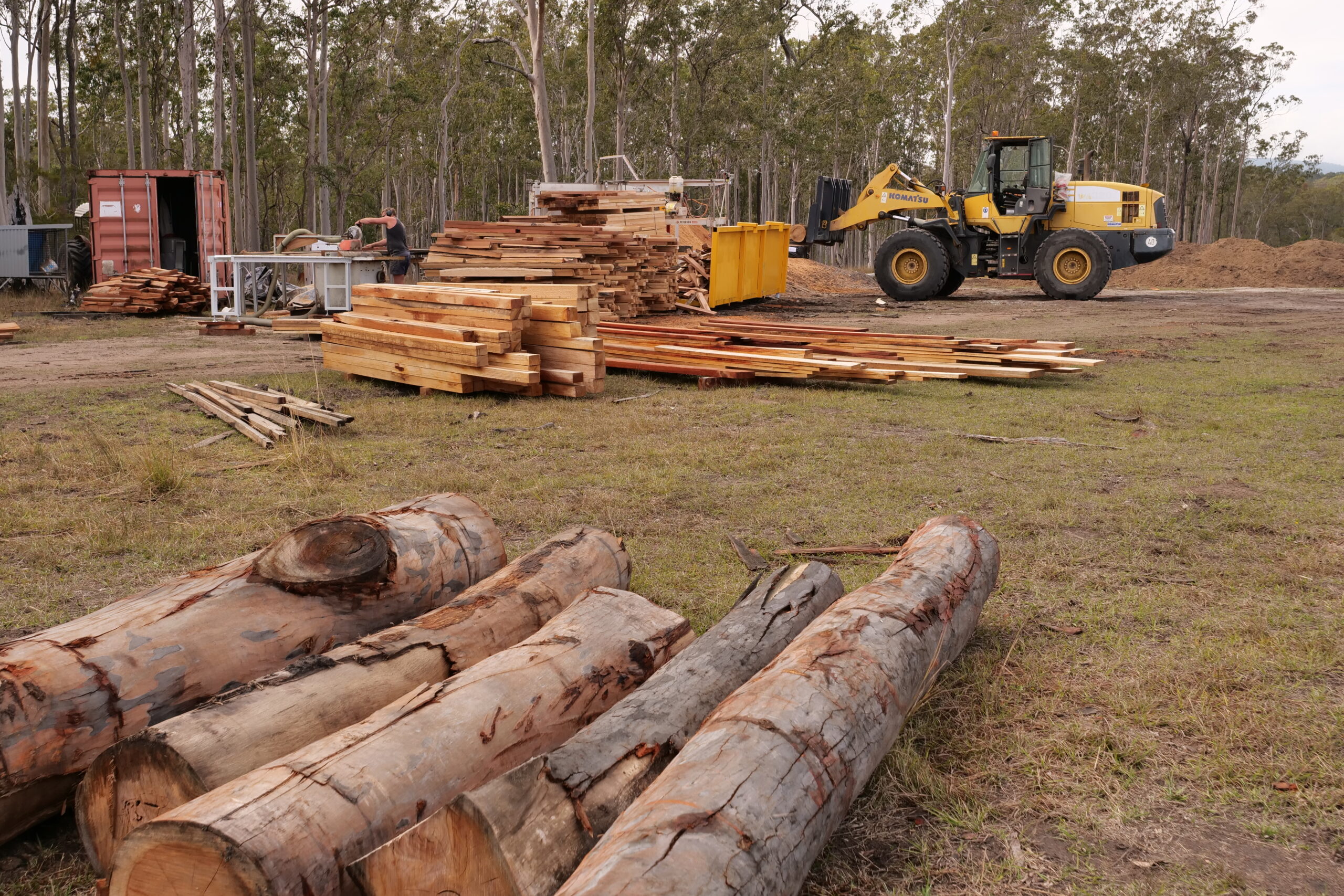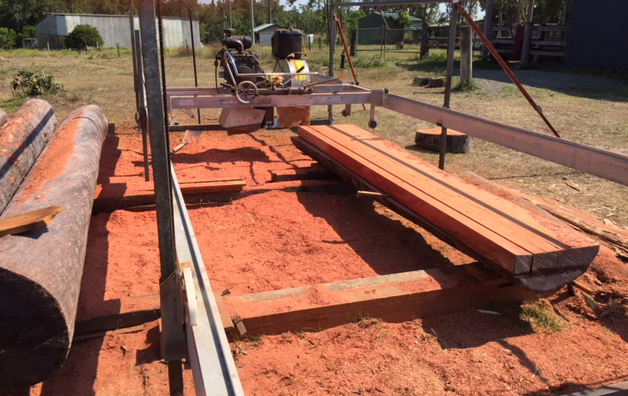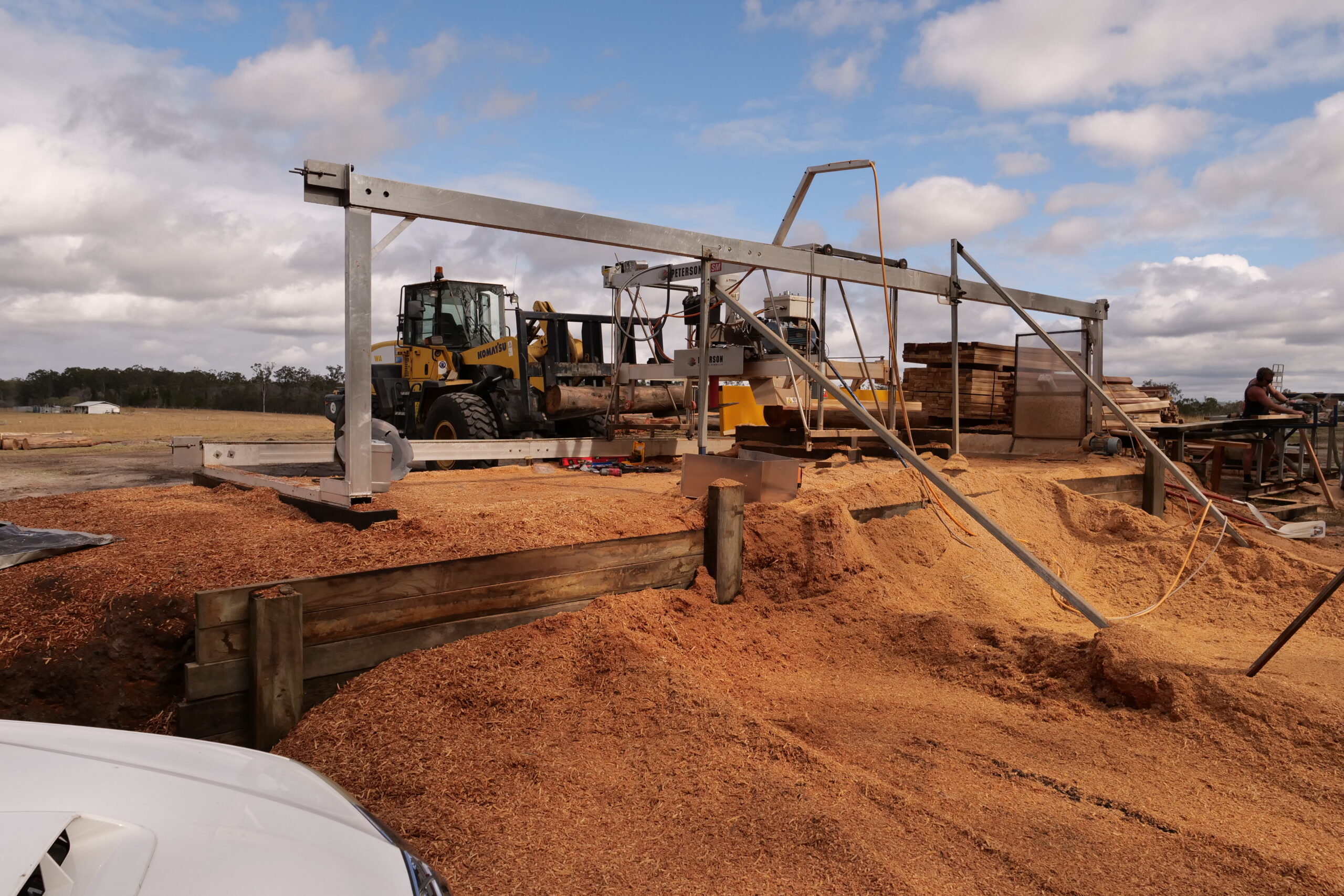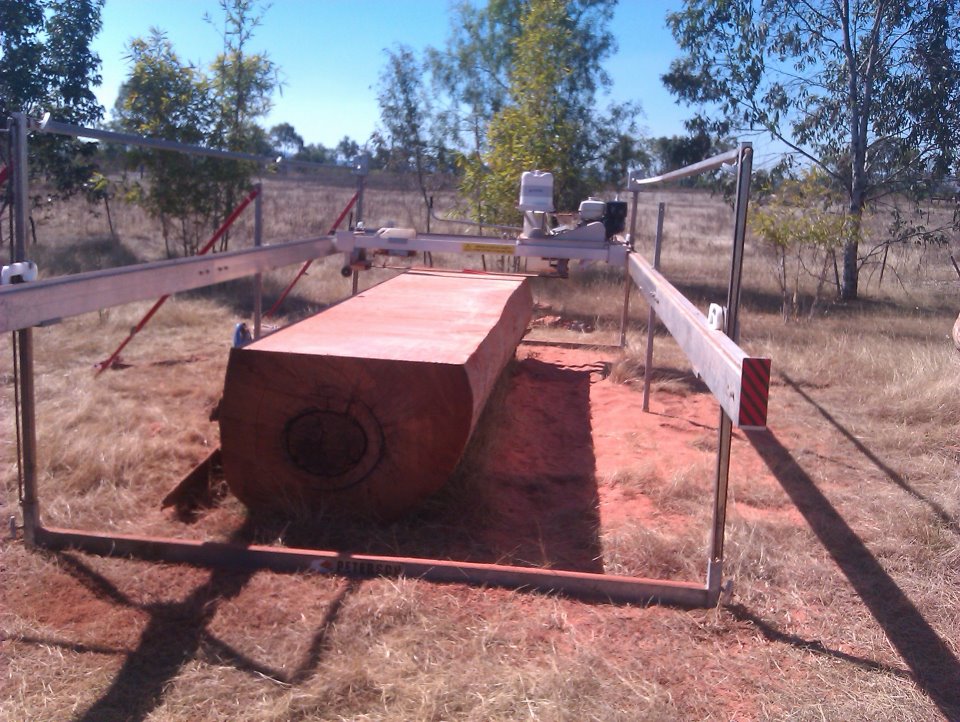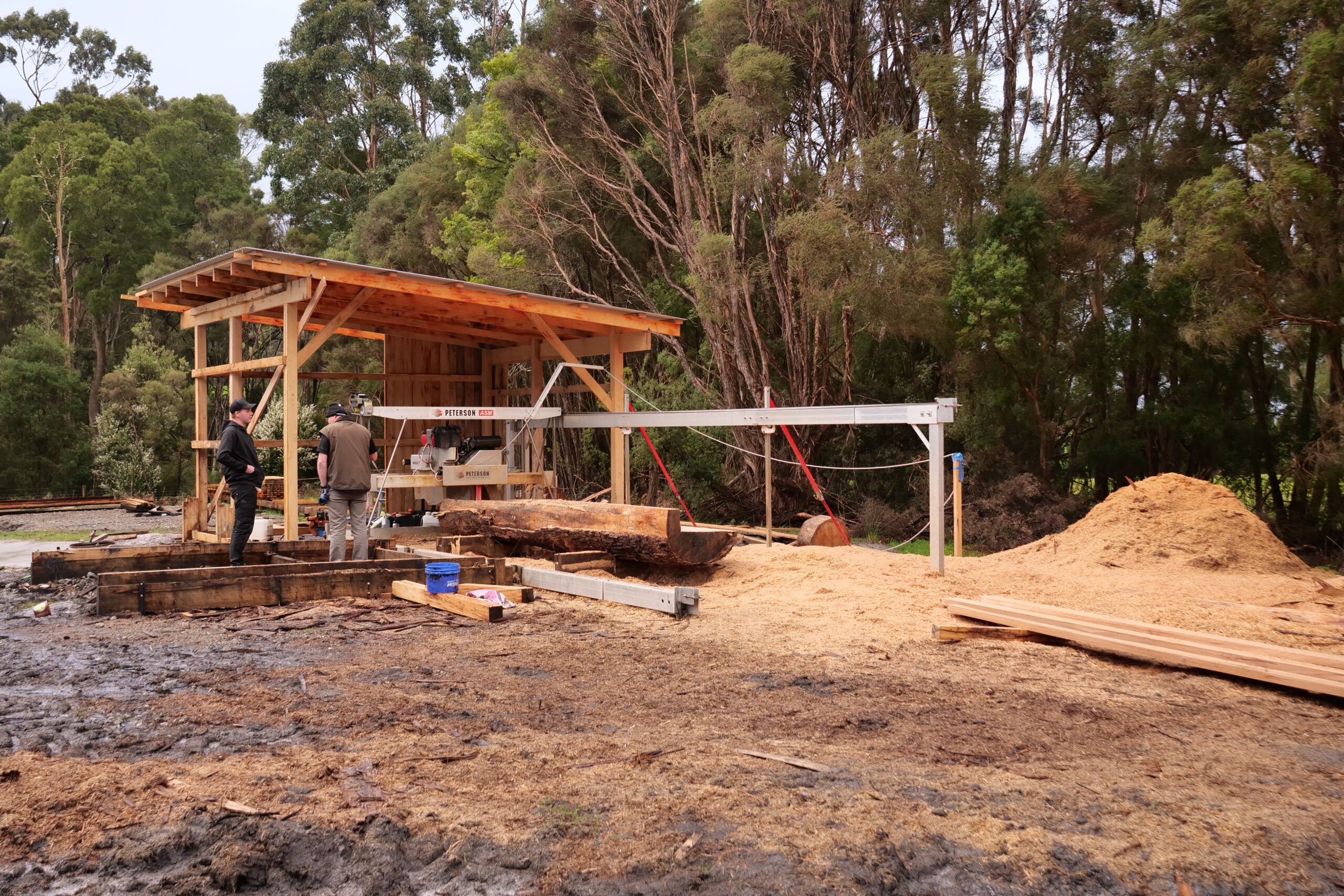Carl Peterson started the ball rolling in 1989 with an innovative lesson for fixed machinery, by releasing ‘the world’s first commercially available portable sawmill’, according to Maurice. They may have won their share of awards but quality, service and versatility remain the hallmarks of Peterson’s success. When Carl retired and handed the reins to daughter Kerris and her husband Chris Browne, competition was fierce.
A single Peterson unit can mill, slab, plane and sand, by hand or by automatic operation on any surface or incline. With customers scattered across the globe from Papua to Germany, New Zealand to North America, Petersons have adapted to these dramatic and variable conditions, establishing a recognized brand, to satisfy these markets.
The entry level Junior Peterson portable sawmill is basically for a part time miller. It will cut 4x2s and 6x2s for rudimentary tree stakes. A Peterson, cuts a board one at a time allowing you to select the log you are cutting, which is useful for grade sawing. The product range supports a clip-on slabber for very wide boards. Their All-Terrain sawmill is designed for rugged terrain, in jungles, forests and uneven ground, and a model up, called Winch Production Frame, is the most popular one, for efficiency and because it can be upgraded.
Kerris Browne is in ‘a man’s world’, she confesses “I hire men to sell our mills. You can only push it uphill, so far. Men and machinery go together and customers feel more reassured. I know it’s not right but its fine with me,” said Kerris.
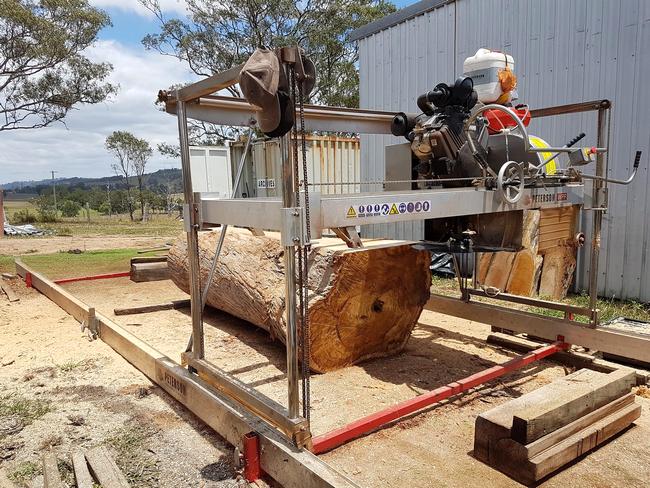
She is not one to get rattled easily, and in her own Canadian-NZ vernacular, she’s been through ‘some pretty good curved balls’.
With an annual turnover of about $2 million, they sell between fifty and 100 sawmills each year. Competitors tend to premake their units, while Peterson’s mainly custommake their portables – a factor in their survival.
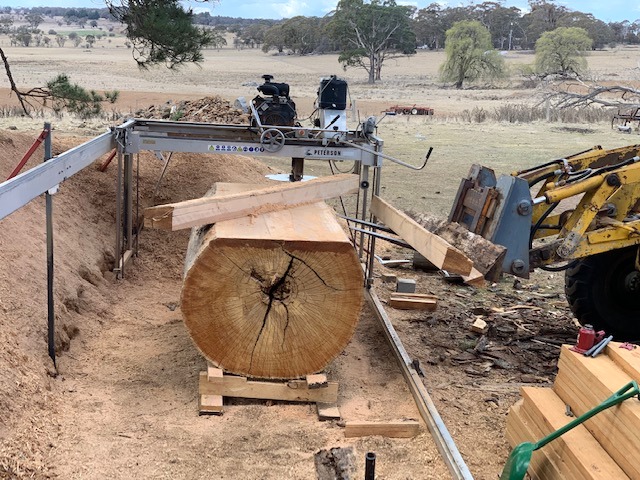
They have reps in Canada and USA but are keen to start a network in Australia. Selling from a factory outlet in New Zealand directly to the Australian market is one way around this networking issue. The freight costs in North America are so expensive and prohibitive in many cases, especially for South American countries – where freight needs to be routed through Singapore and USA to get to anywhere south of the equator. “It’s a nightmare,” says Kerris.
“We are creating businesses and income for thousands of people. We sell a lot of automated machinery to Australians who get sick of pushing the mill.”
Kerris is cautiously optimistic, likes to ‘think things through’ and be well prepared, hiring people who are ‘better’ than her.



